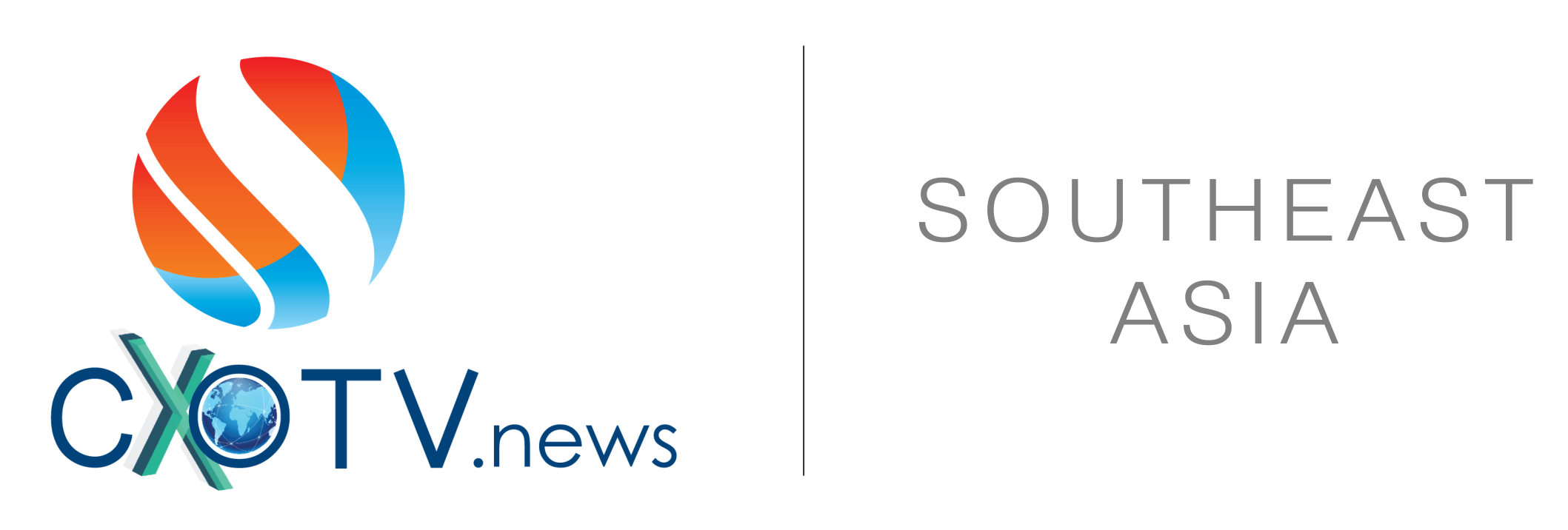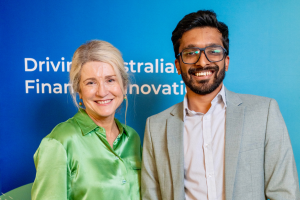Madhusudan Warrier, CIO, NIIF Infrastructure Finance Limited talks about the new age way to connect and collaborate. He shares his insights on how organizations can seamlessly manoeuvre the pandemic era by embracing fresh technologies and processes, and effortlessly step into the future of work.
Have your organization’s business priorities changed due to the pandemic and customer behavior? If yes, please elaborate.
M Warrier: We are a wholesale financial institution with funding limited to certain niche projects only. So, in our case, as far as information technology is concerned, the major customers are our own internal users, and of course there are external users too, but they are more limited to website content, etc.
So, one has to evaluate the business priorities, say probably about 14-15 months back and today, the business priorities per se have remained the same; and as far as our organization is concerned, an aggressive growth plan is in place, towards which they have continuous focus.
As far as information technology is concerned, our designs and systems were ‘architectured’ in a way that enables work from anywhere, so, we did not have to incorporate major changes. It was simply that the users had to be familiarized with the process of connecting and accessing their key applications, while working from anywhere.
So, the systems have been enhanced for better computing features in the last one year. For key critical applications, even though we worked from home, we managed to upgrade the versions of the applications. New application solutions were being evaluated, and depending upon the business needs and keeping in mind the requirement for process improvement, solutions were evaluated and planned for deployment.
Our data center was in a private cloud so we did not have to engage in any paradigm shift. So, users could actually access their key critical applications out there.
Also, information security and cyber security controls had to be strengthened. So, we did enhance some of our existing controls and structures. We improved our data leak prevention controls. We ensured proper checks and controls. We also ensured entrance inside our network was done with proper authentication checks and validity controls.
To prevent social engineering scams, enterprises could implement Zero Standing Privileges. This means that a user is granted access privileges for one particular task and lasts only for the time needed to complete it. Therefore, even if the hackers get their hands on the credentials, they would not be able to access internal systems and sensitive data.
Can you share some of the challenges you have faced while providing support during this period?
M Warrier: A primary challenge at the initial phase was getting all employees and external parties familiarized with collaboration tools like Microsoft Teams, Zoom or Cisco WebEx.
Other challenges from the end user point that I would like to highlight was remediation in case any physical damage to a system was encountered. Earlier we had a physical resource going and attending and quickly analyzing, and then finishing off the recommendation. Now things were different. Therefore, we had to quickly decide what to do next- should we just send another system or is there any other mechanism through which we could get local repair or analysis done, or maybe send our own engineers out there.
If any of our critical resources are affected due to COVID then quickly trying to arrange alternate methods for handling support was another challenge, and then of course handling the audits and sharing the evidences of what we do, how we do, are things that did consume a lot of time.
On a personal front, there was a key challenge of burnout of resources. So, in such times, it is generally the technology that has to work on extended and stretched schedules. So, ensuring, burnout doesn’t happen and people remain in a good mindset to continue their daily operations was something we focused on.
How do you see foreign sovereign funds play a role in India’s infrastructure financing?
M Warrier: There is a big binding constraint on raising the growth potential of the Indian economy. India plans to spend 111 trillion rupees for the next 4 years on infrastructure projects over the next four years and ensure that we are also among the top 5 global nations in the world. So, this is something that I see as a major push from the central government.
And as far as foreign sovereign funds are concerned, then yes, if we have to build our infrastructure, we need funding. The right infrastructure projects, if built in the right manner, the country will indeed grow.
What are some of the most influential technologies that will see large adoption in your organization over the next 12-24 months?
M Warrier: Cloud computing is something which I feel will gain more and more importance over the next 2 or 3 years. Then, having all the applications as a service, rather than the traditional method of taking an application, deploying it in our own data center and having large teams to run it, the focus now would be on trying to get applications as a service.
And when we do get applications as a service, we have to ensure that it is very easily compatible. By compatible, what I mean is that it has to work seamlessly across devices – I might have a laptop, mobile or tablet, so there has to be quick and easy access across.
The third point is ensuring information and cyber security. The more that we are dependent on the internet, the more we become vulnerable. So, we have to ensure that information and cyber security controls are always there.
What are the top 3-5 technologies that will drive your growth agenda in 2021?
M Warrier: I would say information and cyber security controls come most important. The second is – looking at process automation, if traditionally we are used to working on a particular process in a certain way, we have to see as to what can be done in this revised scenario and how we can make further improvement. And lastly, replacing all legacy systems with enhanced and agile technology.
What measures should CIOs adopt to increase their customer-centricity?
M Warrier: On the technology side, we have to provide solutions that are agile, simple, speedy and flexible. The solutions have to be deployed basis the customer need. We shouldn’t be doing something that the customer does not require or want, only to realize later that this was not needed. We will be looking primarily at having better systems and processes which support our business processes and which we can be accessed from anywhere with the requisite checks for information security.






















